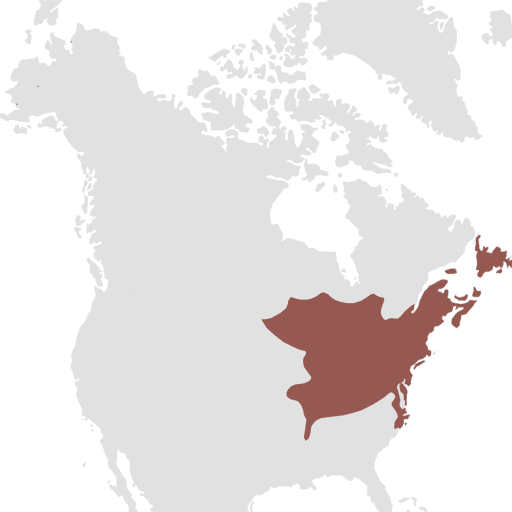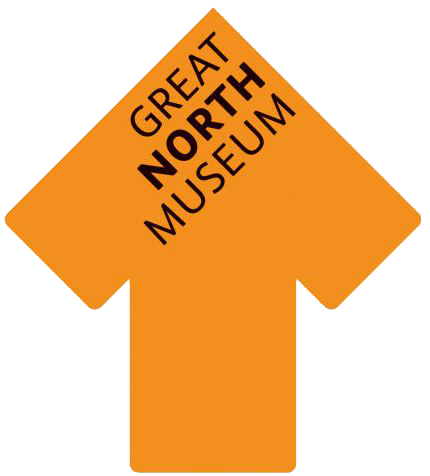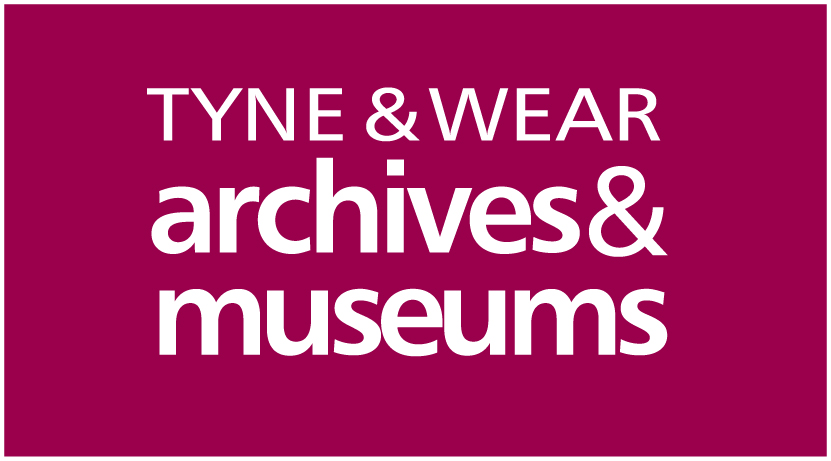
Eastern Woodlands extending from the Atlantic Ocean to the eastern Great Plains, and the Great Lakes to the Gulf of Mexico
The native peoples of the north-east Woodlands were some of the first to encounter Europeans. After the first whalers appeared off the coast in the 16th century, contact became more sustained by the 17th century as colonies were settled on the Atlantic coast and lower St. Lawrence River areas. Even in these early days of contact, native peoples traded with visitors and settlers to acquire metal, tools and cloth. However, the early influx of Europeans to the north-east meant that the indigenous way of life for many of these native groups was disrupted much earlier than other Aboriginal groups in North America. As people began to be stripped of their land through new European settlements, the traditional subsistence of hunting, farming and gathering became more difficult for native groups. However, the production of souvenir art expanded along with the booming trade in tourism in the north-east through the 18th and 19th centuries and it was this manufacture of tradeware that became essential to many local economies.
For many years, Woodland souvenir art has often been disregarded as inauthentic or “kitsch”. However, branding these objects as mere “knickknacks” is too simplistic and ignores the political and economic context that the art was produced in. At a time when native peoples were forcefully moved off their lands and introduced to assimilationist policies, they quickly adapted to a new economic base that produced art using both traditional techniques and materials alongside trade goods that satisfied the many tourists that visited the northeast.
Ornaments and attached panels of netted, woven, embroidered quill and beadwork enriched many pieces of Woodlands clothing. Originally, these embellishments would involve the use of porcupine quills for decoration. These quills would be softened and dyed before they were woven onto leather or birchbark. Objects with quillwork were among some of the earliest artefacts collected by European explorers. However, the influx of trade goods from Europe meant that during the 19th century, the use of beads for decoration ultimately displaced quillwork in clothing ornaments, just like it had done with bags.
The moccasin was a nearly universal element of native American clothing, although it varied in design from tribe to tribe. They were valued for their comfort and beauty and were immediately adopted for use by white settlers, although by the mid-18th century they were worn more as decorative indoor slippers. Moccasins were one of the first forms of native art to be commoditised and began to be made and sold for travellers. Consequently, moccasins are well represented in many museum collections. Despite the introduction of trade materials, the moccasins made for tourists and travellers had few modifications from the native prototype. Beads and ribbons were used in decoration but the native hides, and indigenous cuts and designs of the shoes remained the same.





